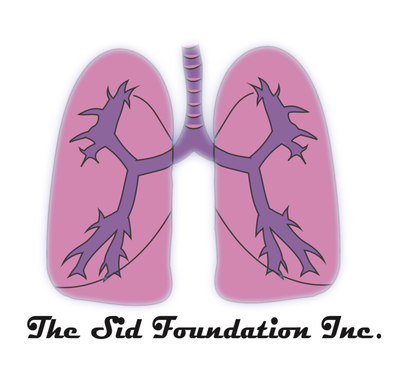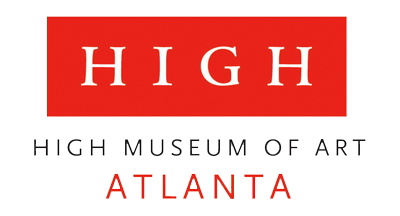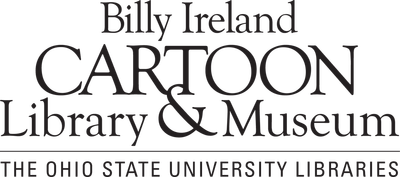Meet Carlos PerezCheckout our latest interview with Boldjourney.com. A wonderful website that publishes stories of inspiration and hope. In this piece we discuss purpose and how to push through personal challenges.
Link: https://boldjourney.com/news/meet-carlos-perez/
0 Comments
An Interview With Guernslye Honoré of Authority MagazineCheck out this interview with Authority Magazine. This platform publishes in-depth interviews with authorities in business, pop culture, wellness, social impact, and tech. They use interviews to draw out stories that are both empowering and actionable. In this piece Loso shares his expertise on how to take care of your intellectual properties.
link: medium.com/authority-magazine/protecting-your-creative-ip-carlos-loso-perez-on-how-to-successfully-protect-your-ip-in-the-a45eba479f03
Ricky Can0 is a writer and filmmaker. He worked with us to design the cover of his first book Identical: The Switch. Identical is hybrid novel which incorporates qualities of a screenplay and traditional novel in a single thriller filled with twists and turns. Ricky is a creator on the come up with many stories to tell. Checkout the following interview on Instagram or YouTube where we discuss his creator journey, how to self-publish on Amazon and of course IP development. Find Ricky on Ig: @ricky_thewriter_cano link: https://www.instagram.com/ricky_thewriter_cano?igshid=YzAwZjE1ZTI0Zg== 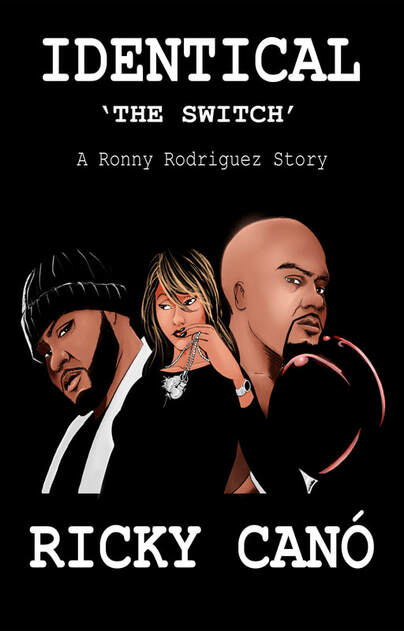
Ronny Rodriguez had it all. He was on top of the world. All the boxing rankings had him at the top of the pound-for-pound list. The Bronx native was the prince of New York and had the woman of his dreams by his side. With plans to propose to his life's love, everything changed in the blink of an eye.
Now, Ronny Rodriguez is a former World Champion. He lost the love of his life; he’s been in prison; his residency has been revoked & he’s been deported. Eight years after the incident, he’s back in the States on a quest to find out what truly happened on that fateful night. Unwilling to accept his current life, his burning desire for the truth has led him to uncover a far more sinister plot than anyone could have imagined and those willing to kill to protect it. Identical: The Switch is available on Amazon.com in hardcover, paperback and digital formats.
We had the esteemed pleasure to speak with The Rotary E-Club of Global Trekkers (D7690), based in North Carolina, USA. They strive to expand personal development with networking opportunities that generate real value. They improve the lives of others through service projects that enhance health, education, economic development, and the environment, thus advancing international peace.
These wonderful organization's mission aligns well with ours. During this meeting we shared our story, the PVS mission and promoted our comics, products and services. We look forward to collaborating further on projects of goodwill! Big gracias to Kathy Trost for connecting us! More info about the Rotary E-Club of Global Trekkers: Website: www.rotaryglobaltrekkers.org Email: [email protected] This Rotary E-Club of Global Trekkers is a Rotary International (D7690) Triple-Crown, Multiple-Platinum Award Winning Club born from one of the 'oldest' Rotary Clubs in the Rotary International family. Members come from a wide range of backgrounds, nationalities and cultures. They undertake Rotary service projects locally in North Carolina where we are headquartered, and also in other locations in the US and globally. (Australia, Mexico, Spain, Colombia, Thailand Philippines). Their service is unique, meaningful and FUN with projects nominated from Rotary's Seven Areas of Focus. Checkout this interview with Go Solo where we talk about entrepreneurship and more of what we do. Click the link to find out more!
link: https://gosolo.subkit.com/prime-vice-studios/ This year Prime Vice Studios has opened the opportunity for internships. It all started when we were approached by Riipen.com. They asked if we were interested in having virtual interns: Students who can work remotely on projects or special solutions for school credit. Riipen.com is a wonderful company based in Canada that connects businesses with college students for special projects. Employers can post projects and colleges also post projects that students are available for. The projects are approved by their professors, provide an opportunity for students to gain real world experience and provide some sort of business solution for the employer. Due to the pandemic it has been difficult for many students to be able to do internships. Internships are sometimes required for graduating in certain programs. They also are a vital stepping stone in career development. Virtual internships are a great solution to this issue. Companies and students work remotely and without geographical limits while providing mutual benefit to both parties. We have had a positive experience working with Riipen and highly recommend them to employers and universities. This summer we worked with a student from Miami University, in Oxford Ohio who is working on her bachelors degree in Interactive Media Studies. A fascinating interdisciplinary degree designed to provide depth in theory and practice of interactive & digital design, development, business, innovation, and digital disruption. PVS had the pleasure of working with Jiamiao Chen, a junior in the program with a minor in photography. Meet Jiamiao ChenPVS: Jiamiao, how was your overall experience interning with Prime Vice Studios? Jiamiao: It was my first virtual internship, and I cherish[ed] this chance a lot. Before it, I [was] still a little worried about how it would work, but everything [was] good for me. This is a memorable experience for me, and I learned a lot. PVS: What were some things that you learned working with PVS? Jiamiao: First, on the most basic level, I learned how to communicate better with my supervisor. Good communication can improve a lot of work efficiency. More importantly, I have learned the marketing strategy of a brand: I need to analyze the website design and user experience, as well as the content marketing of social media, identify the potential customer groups, and so on. At the same time, I learned about IP content. With Carlos' help, I found the direction of photography that I wanted to develop, and I developed my personal brand. PVS: How are the things that you learned helpful for you and your professional career? Jiamiao: During the internship, I have been reflecting on what I have learned in the past and thinking about my future career direction. For me, this is a good experience to understand my thoughts on digital marketing. I also learned some relatively professional internet content marketing strategies. More to the point, Carlos showed me some different way[s] with my photography. I will devote myself to building my own photography brand and making my own photos. This will also be my future career direction. PVS: You did an excellent job helping our company develop its user experience and e-business approach. Did you feel that you were able to use your expertise in a relevant manner during this internship? Are there any things you wished you would have gotten to work on? Jiamiao: Yes, in fact, during the internship, I found that I was relatively sensitive to user experience analysis and e-commerce. Perhaps because I'm a deep internet user, I use social platforms a lot and have a certain sense of quality content. In the process of learning in school, I combined my past user experience and some professional knowledge, and I am glad that I can help your company with my skills. I think it was a good experience for both of us. PVS: What were some challenges that you faced during your internship? Jiamiao: Since this was my first internship, my presentation and PPT at the very beginning were more like homework assigned by professors in the school, which was immature. But with Carlos' reminding and help, I kept modifying my PPT to make it better. During the process of editing the PPT, it was a big challenge for me to think about more individuals. For example, how to make [it so that it can be seen at a glance that] this PPT…is made by me, the selection of background pictures, etc., even with my own watermark on each page. Every time I consider[ed] why I use[d] it, it [was] like a soul-searching process. It was as if every semester a professor would ask me who I am, what I was interested in, what I wanted to be in the future. Every time Carlos remind[ed] me to develop my personal brand, maybe knowing more about myself [was] my biggest challenge. PVS: What are some advantages that you felt you had during your internship? Jiamiao: I have certain advantages in user experience analysis, content analysis and visual layout analysis of websites and social platforms because that's what I learned in school, and I'm a big fan of social media. More, perhaps because I am a Chinese student studying in the United States, I have my own different understanding of some content marketing under the intersection of the two cultural backgrounds. PVS: As part of the Prime Vice Studios virtual internship program we provide mentorship to our interns. You happen to be quite a talented photographer. Please share how you were able to develop your passion for photography during your internship? Jiamiao: Carlos's questions to me during the internship made me think deeply for a long time about my future career direction: what is my passion about, etc. I have been developing photography as my interest in the past. I have to say, I dreamed of being a photographer in the future. But I ha[d] to face the balance between dreams and reality. More than that, under the collision of cultures, I ha[d] questioned my own photographic works. I feel that as an Asian, I may like different content and different aesthetics from many of my local American classmates, and I cannot get more recognition. I shared this concern with Carlos, who also lives in [two] cultures and has studied and worked in the arts. He gave me a lot of comfort and I got help from his attitude towards art. It doesn't matter if people don't like it. At the same time, he suggested that I could build a personal brand. In the process, he helped me find my photography direction, under which I took many photos of the same style as the basis of my personal website. I organized my own photography website more completely and created my own logo. In some of the articles Carlos shared with me, I was impressed by one sentence. A very important step in building a personal brand is attracting people who share your interests to build a small group, rather than pleasing the masses. This sentence has inspired me a lot. Maybe I will stick to developing my own style of photography and eventually attract people who like my style. PVS: Would you recommend other students do a virtual internship? Why or why not? Jiamiao: I'm sure I will. Because I can improve my digital marketing ability in this company. Meanwhile, my supervisor has inspired me a lot about my future career. He is a good supervisor, so I am glad to meet such a warm-hearted supervisor in my first internship. PVS: How can people contact you? Jiamiao: I can be reached through my website: jiamiaochen.com, leave a message or send me an email: [email protected]. Follow me on Instagram @jcshuia. PVS: Thank you for your time and for sharing your story and art with us. You’re amazing and wish you nothing but the best in your future endeavors. We hope you continue changing the world with your talents! I’m sure many people will find your story inspiring. Peace. More samples from Jiamiao’s photo gallery.Kalani Caraballo is a comic book writer and a good friend of Prime Vice Studios. This year he started publishing an independent Hip Hop fanzine series called, “Street Dreams.” Caraballo’s storytelling entrepreneurship is an inspiration. We interviewed him for our Creator’s Corner blog segment before and are happy to build again to celebrate his latest issue, especially since we are also big Hip Hop heads. Enjoy! PVS: When we last connected you were involved in writing and publishing comics. You are now publishing an independent fanzine, "Street Dreams." Please elaborate on this project. What inspired you to do a fanzine about Hip Hop? Kalani: Back in 2017, when Prodigy of Mobb Deep died, I remember driving home from work and hearing DJ Clue on Power 105. Obviously because of the day's events, he was playing Mobb Deep and Prodigy's solo music, not just the singles, but the obscurities. I remember Clue played “Young Love”, which was a White Label song, that has a Prince sample that never got cleared. But hearing “Young Love” made me think of a certain mixtape that I had seen in my cousin’s collection called "Mobb Misses." "Mobb Misses" was a full mixtape of unreleased Mobb Deep music that DJ J-Love put together. I couldn’t find it on Youtube and had to search for it, ended up buying a download off of J-Love’s site. From there it just led me down a rabbit hole of exploring and looking for older mixtapes. My downtime from Dummie Comics was spent scouring the internet for these things. After Mobb Misses, I started focusing on looking for DJ Doo Wop mixtapes, and just re-fell in love with the mixtape culture. I remember just wanting more information on these things and there’s not many interviews with DJ Doo Wop, or many mixtape DJ’s in particular. I had come up with an idea for a Podcast, but not many people around me were as enthused or knowledgeable when it came to mixtapes. Same time, I realized there are a million podcasts in the world and I couldn’t see myself balancing comic books and managing a podcast. So I put the idea of doing interviews in the back of my mind, and then the pandemic happened. I ended up getting furloughed, and had quite a bit of time on my hands. In the beginning of the pandemic I was working on comic stuff, completed some art, and I was reading these comic book fanzines “Bubbles" and "Strangers." From reading those two fanzines I got inspired to do Street Dreams. Around the same time DJ Doo Wop & Tony Touch announced they were going to do a Instagram Versuz battle with the freestyles from their mixtapes. It was just the right time. PVS: In the first issue you interviewed several DJs and talked about some of your favorite mixtapes. What are some things you discovered about that industry & culture that you didn't know before? Kalani: To be honest, I went into not really knowing much about the industry/inner workings of the mixtape game. I knew more about certain tapes, freestyles, and little history here and there. But for the most part, a lot of the information I was hearing was very new. For instance, we interviewed J-Armz, who is a very popular Instrumental DJ. If you listen to Hip Hop Mixtapes from 2004-2010 or so, you’ve heard his signature jet fly by sound before the drums kick in. I didn’t know that he was often re-creating the instrumentals you’d hear on his mixtapes. Hearing that blew my mind, because the beats sounded exactly the same. When speaking to DJ Butter, I didn’t fully understand how the mixtape game was in Detroit/MidWest, being that I’m from New Jersey. Same time hearing the Doo Wop and Big Pun story also blew my mind too. It was an honor to get to sit down and fully pick everyone’s brain in the issue on their respective mixtapes. I truly got more than what I bargained for. PVS: What can people expect when they pick up a copy of SD? Kalani: First thing they can expect is Hip Hop. I’m a Hip Hop Head through and through. This fanzine is packed with well thought out content. You’re not going to see anybody with rainbow hair grace our pages. From the readers of the first issue, a lot of them said they’ve gone and listened to the mixtapes that I had written about, we’re putting people on to more than what they’re being fed to them by the mass media. This fanzine is truly for the culture. We’re talking about things that may have been forgotten, while also shining light on the current. Same time, we aren’t just interviewing emcees, we’re also interviewing people doing great things within the culture as well. I feel like right now, Hip Hop is truly in a renaissance. We’re witnessing something truly magnificent. There's a new era in Hip Hop, and Street Dreams is here to document it. PVS: The first issue of SD came out this summer and has gotten some interesting attention. Tell us about how this passion project opened up new opportunities for you or others involved in this project. Kalani: The Fanzine took on a life of it’s own. We got added to Cornell University’s Hip Hop Collection. I know they have Afrika Bambata’s record collection in there, among other Hip Hop artifacts. In doing the magazine, we also curated a Mixtape, which in turn kinda makes me a Mixtape DJ even though I don’t scratch (laughs). On the mixtapes, I prominently feature my friends that are incredible MC’s. I put their Freestyles/Songs as Exclusives. Shout out my guys Genuine, Jus J, and Phace. For Street Dreams Volume 2, we enlisted NZO (FKA Enzo Amore on WWE) to host our mixtape. After issue 1 was released a lot of people started reaching out wanting to be in future issues. My life has truly changed. I’m on an interesting ride with Street Dreams. I’m having fun with this, and trying not to overthink it and really be in the moment. PVS: Thanks for the honor of including some Prime Vice art in the second issue. What made you want to include that Loso Perez cartoon in this issue? Kalani: Thank you for allowing me the opportunity to print it in the Fanzine. I thought that comic was a great piece. In the Inner City, Barbershops are a temple, it’s like going to church. You find out everything in the barbershop. In Hip Hop, being fresh all usually starts with your hair, and the barber is an essential piece to your freshness. The art style just reminded me of Hip Hop, I could see that one panel being a poster in barbershops. Plus, I feel like it’s insanely relatable (laughs), I feel like we’ve all been there at one point in our lives. It’s a dope piece, and I thought it added to the overall vibe of the fanzine. It’s inspired me to want to add more Hip Hop centered comics to future issues. I really want to bridge the gap between Comics and Hip Hop. To me they’re both one and the same. PVS: Street Dreams issue #2 is about to come out and there's word of issue 3 in the works. Besides the cartoon contribution from PVS what are some other things that people can look forward to in the latest issue? Kalani: Readers can look forward to another issue of great Hip Hop content. I feel like I’ve truly outdone myself on this issue. Pick up Issue 2, you will not be disappointed! PVS: How do you see this series growing in the future? Kalani: Remember how people used to call The Source the Bible of Hip Hop? I see us being the new Bible of Hip Hop. I just want to see constant growth and progression. All I could really hope and ask for. PVS: Thanks for taking the time to interview with us. Please drop your handles and how we can cop copies of your fanzines! Kalani: Follow me on IG @k.caraballo. You can purchase your copies of the fanzine through the online shop, Streetdreamsfanzine.bigcartel.com. We have printed and digital copies available. @streetdreamsfanzine Both issues of Street Dreams are out now. Get your copies today! |
Archives
November 2023
Categories
All
|
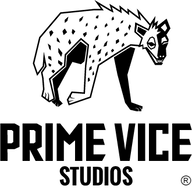
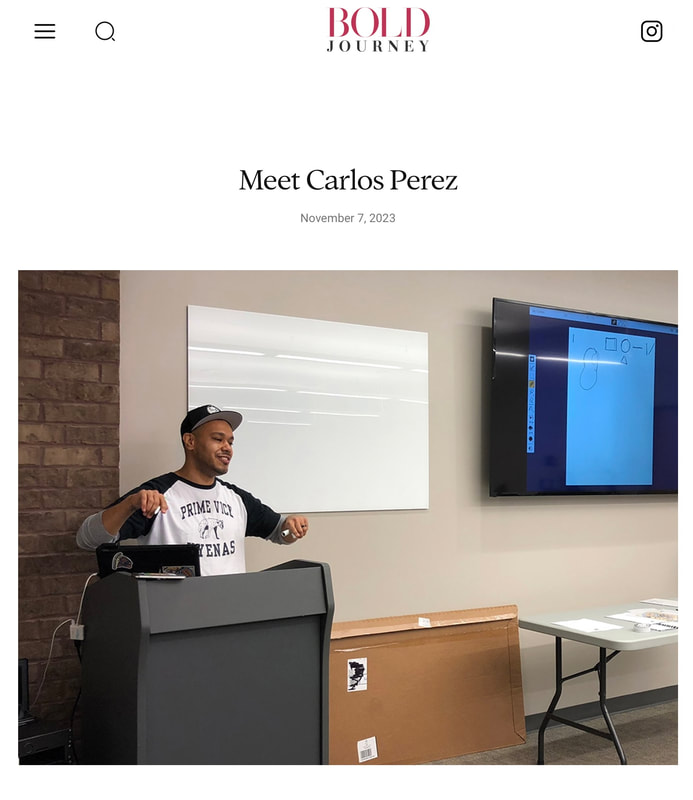
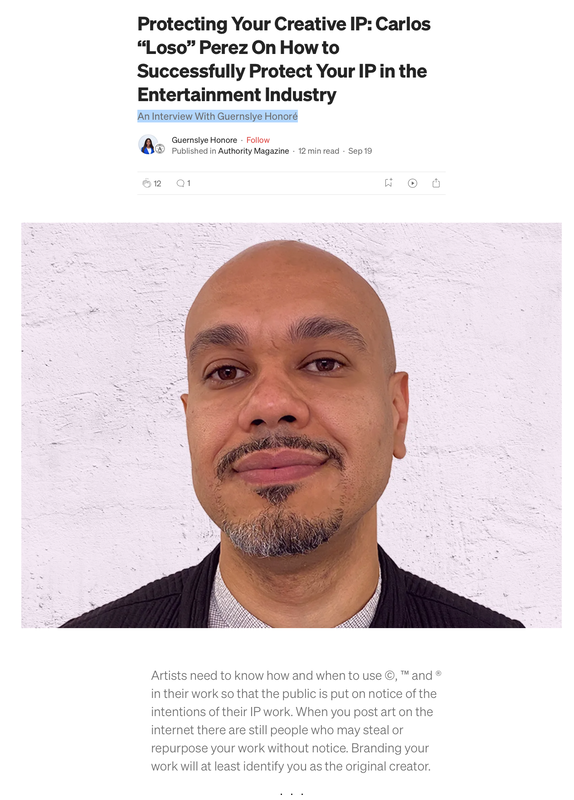
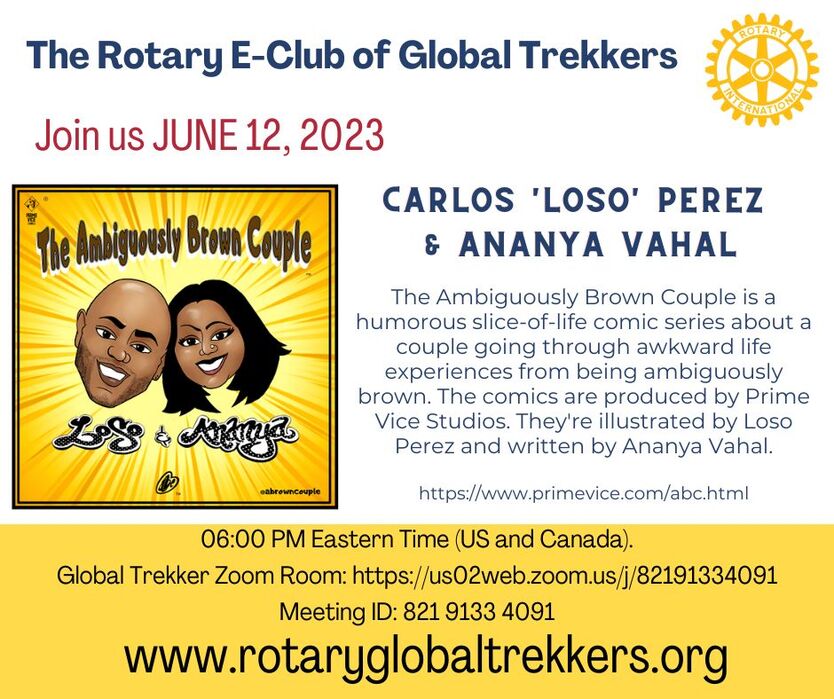
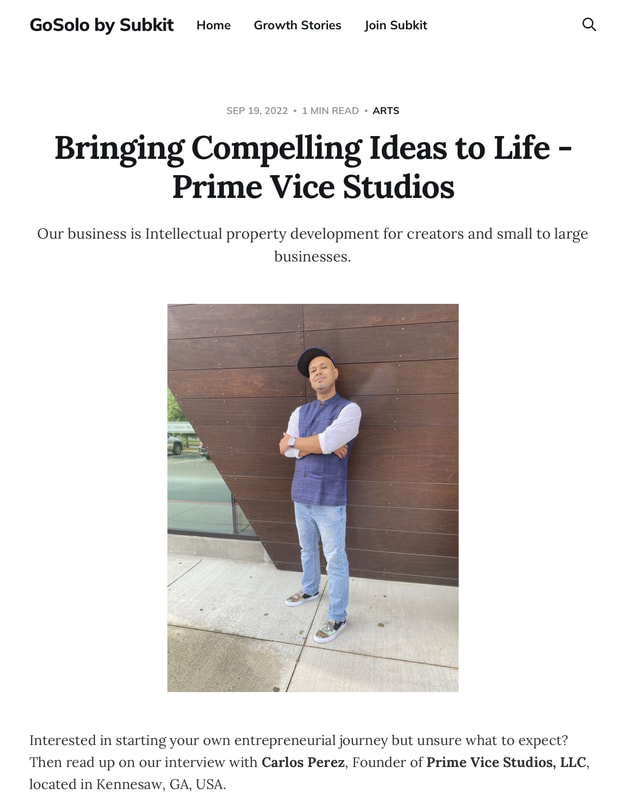
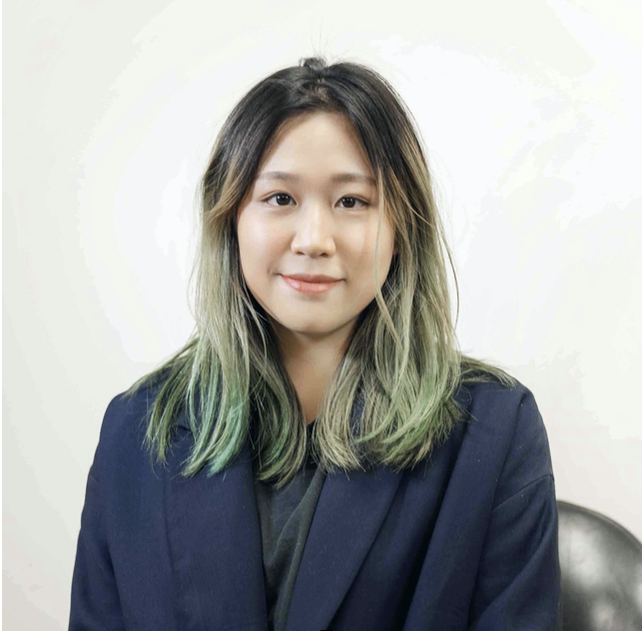
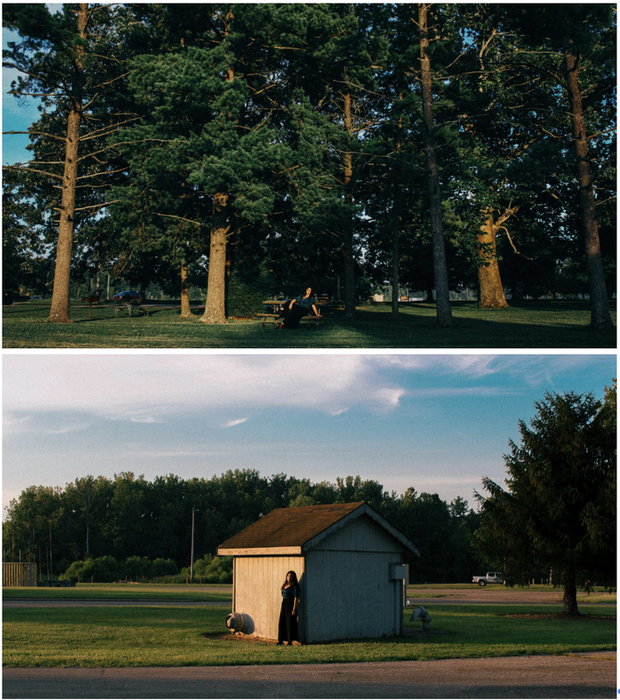
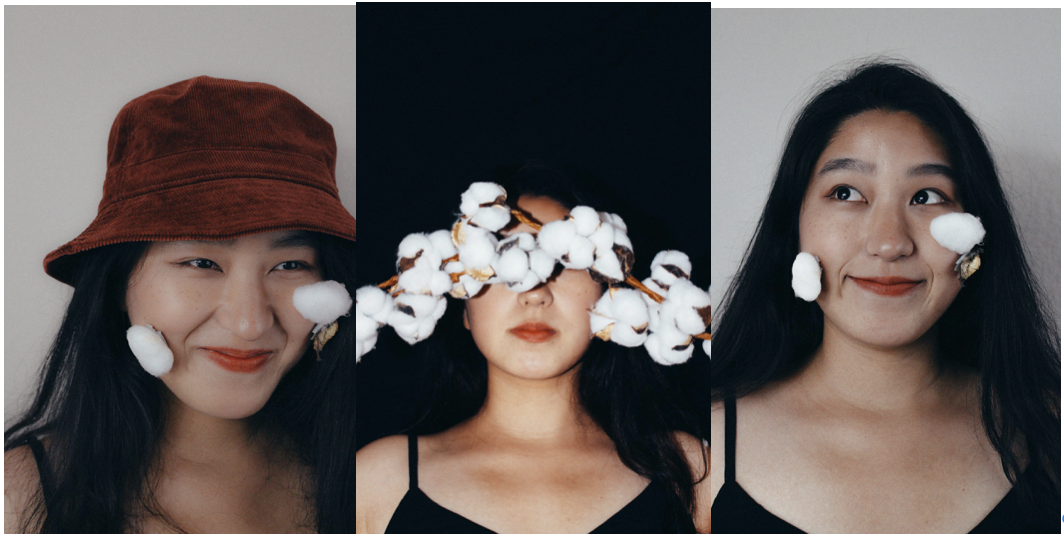
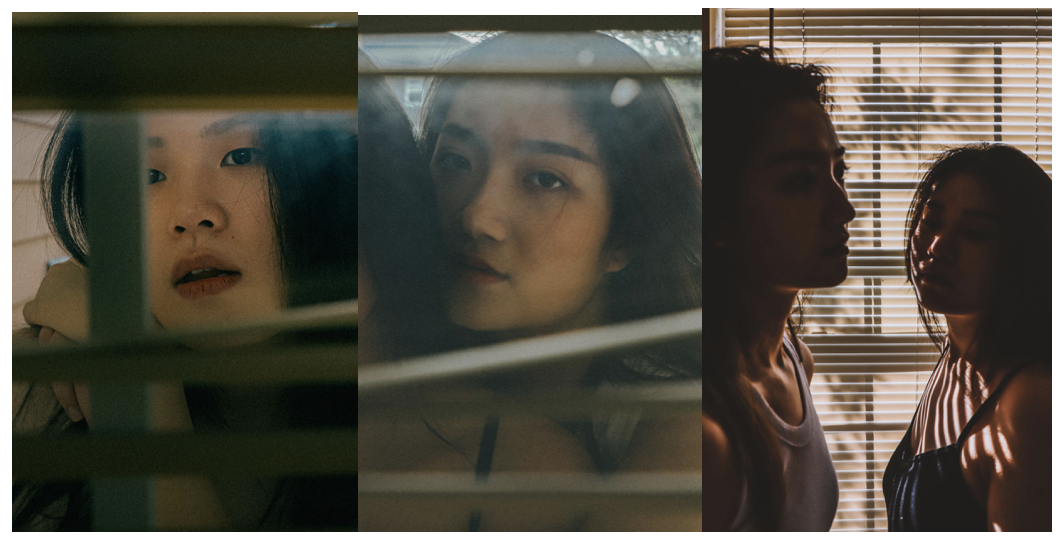
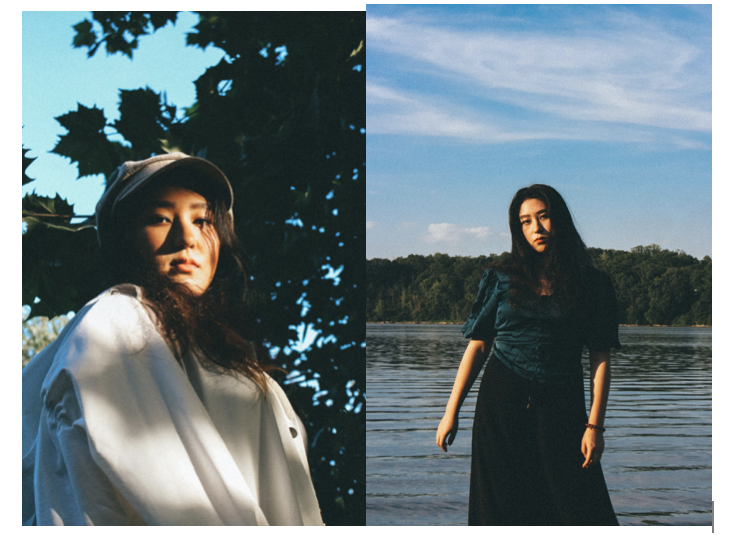
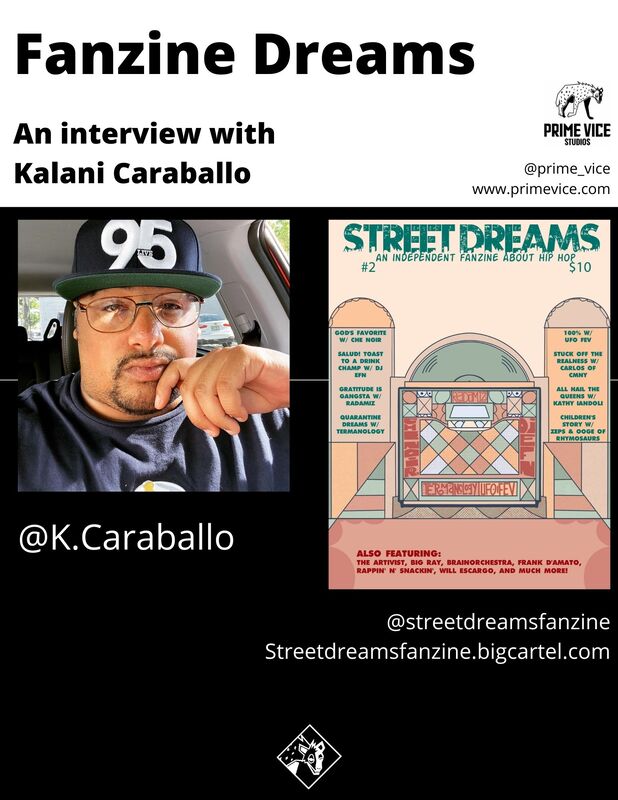
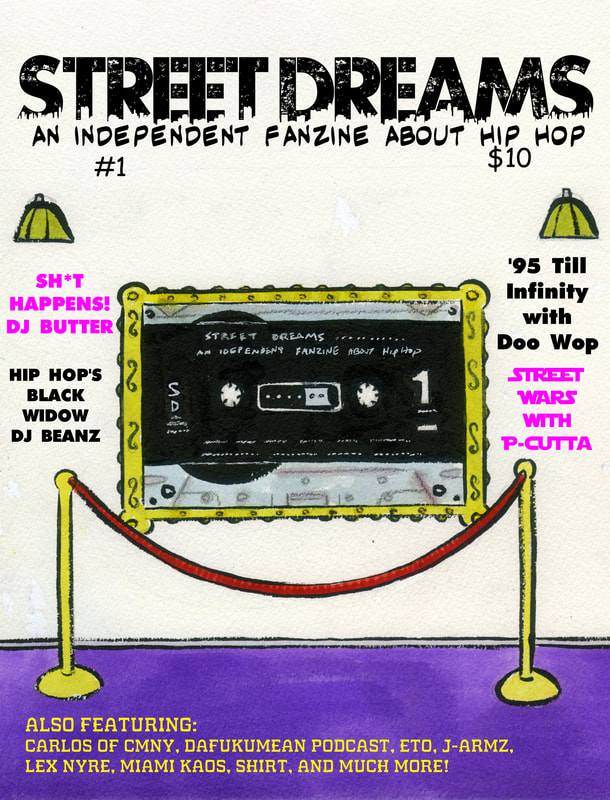
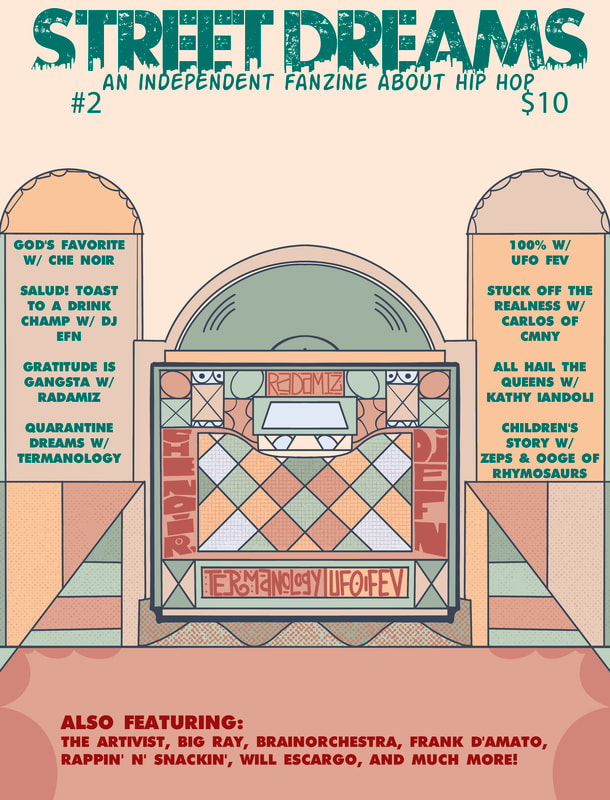
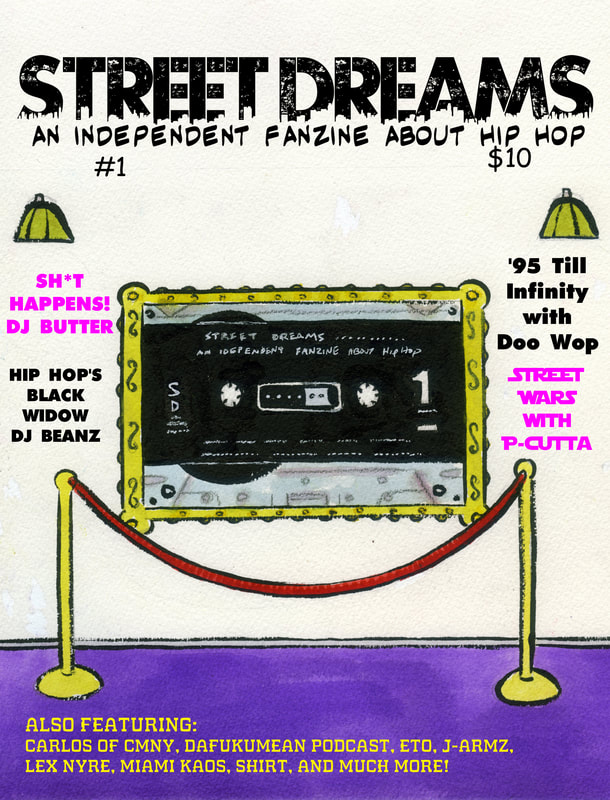
 RSS Feed
RSS Feed


